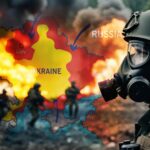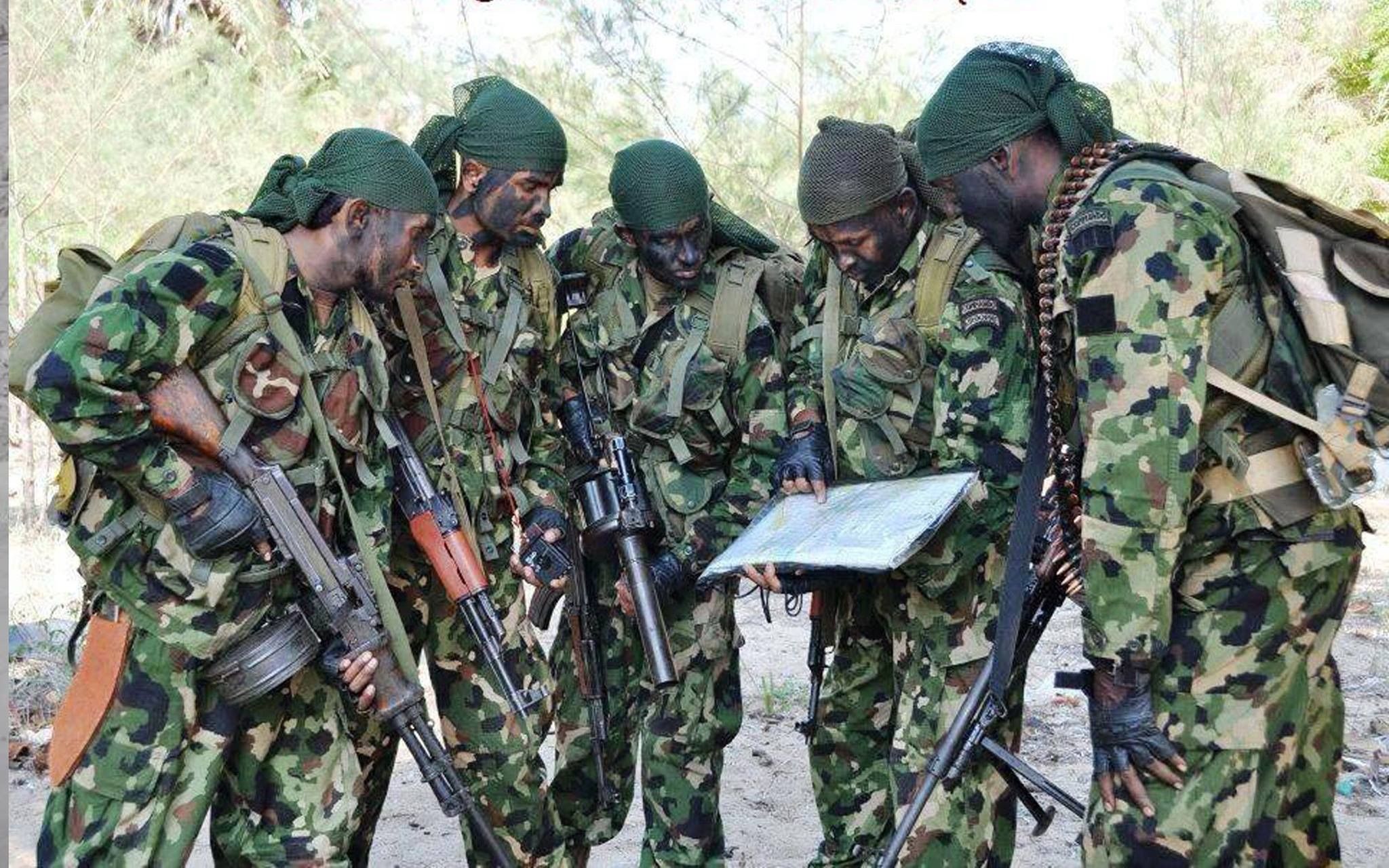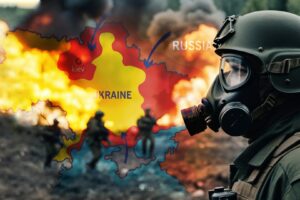The LTTE network overseas has been planning a series of attacks in Sri Lanka since the war ended in May 2009. The latest attempt to disrupt peace and stability in Sri Lanka was on July 4, 2020. A former member of the Tamil Tigers Thangarajah Thevathashan was preparing to conduct a bombing to mark the Black Tigers Day. The foreign handlers knew Thangarajah Thevathashan by his LTTE name Gangai Athman alias Kavinjan. He was serving in the LTTE Intelligence wing, notorious for the assassinations of several leaders including the former Indian Prime Minister Rajiv Gandhi.
Thevathashan’s Improvised Explosives Device exploded prematurely in a house at Iyakkachchi, Kilinochchi, on Saturday, July 4, 2020. He was about to take the bomb to Mullaitivu to plan an attack to mark the Black Tigers Day. If not for the premature explosion of the bomb, the terrorists led by Thevathashan would have carried out their plans to mark the Black Tigers Day.
The Context
The Black Tigers are members of the LTTE Suicide Squad. The LTTE drew inspiration from the Lebanese Hezbollah bombing of the US marine barracks and French paratrooper HQ bombings in Beirut on October 23, 1983. The two truck bombs struck the buildings housing American and French service members of the Multinational Force in Lebanon (MNF), a military peacekeeping operation killing 307 people: 241 U.S. and 58 French military personnel, six civilians, and two attackers. The first Black Tiger, Vallipuram Vasanthan, drove a truck laden with explosives into the Army camp at Nelliady, Jaffna on 5 July 1987, killing and injuring 40 Sri Lankan soldiers. Immediately afterwards, LTTE cadres attempted to overwhelm the camp but the soldiers fought back. Although the LTTE tried to coach and coerce his mother, Kamaladevi Vallipuram, to say that her son died a hero, she lived a sad life.
Thevathashan lived with a school teacher from Iyakkachchi who was also arrested by the Terrorist Investigation Division (TID). A former terrorist, she shared the same ideology of creating a mono-ethnic separatist state. Together they radicalized a network of youth who were also arrested. In their house, the police found two bombs and detonators.

Thevathashan was first admitted to the Kilinochchi Hospital. However, as his condition worsened, he was transferred to the Anuradhapura Hospital. He succumbed to his injuries yesterday (08).
A member of the LTTE Intelligence wing, Thevathashan was instructed by his foreign handlers to surrender to the Sri Lanka Army in May 2009.
Although he joined the rehabilitation program, he did not genuinely repent, regret and express remorse and continued to work for the LTTE network overseas. The rehabilitation program had a follow up component where those who were reintegrated were visited. From 2015–2019, there was virtually no follow up. Furthermore, the military was recalled to the barracks and the security and Intelligence platform was weakened. The neglect of Intelligence and security by the Sirisena-Wickremesinghe regime led to a revival of the LTTE ideology. Thevathashan also infiltrated the newly-formed Crusaders for Democracy, a political party of former terrorists who abandoned separatism and wanted to build good relations with Sinhalese and Muslims. However, the leadership and membership of the Crusaders for Democracy felt uncomfortable with Thevathashan as he continued to promote the separatist agenda.
Background
With the defeat of the LTTE in Sri Lanka in May 2009, the LTTE international network that supported the terrorist campaign changed its strategy. A part of the network started to masquerade as human rights activists and campaign against Sri Lanka in Geneva. The entire world knew that the LTTE engaged in ethnocide of Sinhalese and Muslims in the North and the East. Nonetheless, by offering votes and funds, the LTTE activists were successful in getting Western politicians to voice human rights concerns. Another part of the LTTE international network started to fund LTTE un-rehabilitated members in Sri Lanka to conduct terrorist attacks.
In response, the Sri Lankan Government listed 16 LTTE proxy groups and 424 individuals on March 21, 2014. The LTTE activities overseas diminished significantly from March 2014 until the Yahapalanaya Government delisted a number of LTTE proxy groups and individuals in November 2015.
The delisted organizations were Global Tamil Forum (GTF); British Tamil Forum (BTF); National Council of Canadian Tamils (NCCT); Tamil Youth Organization (TYO); World Tamil Coordinating Committee (WTCC); Canadian Tamil Congress (CTC); Australian Tamil Congress (ATC); Tamil National Council (TNC).
The following organizations remained proscribed despite efforts by sections of the Yahapalanaya Government to delist them. Organizations which are still banned are: the Liberation Tigers of Tamil Eelam (LTTE); Tamil Rehabilitation Organization (TRO); Tamil Coordinating Committee (TCC); World Tamil Movement (WTM); Transnational Government of Tamil Eelam (TGTE); Tamil Eelam Peoples’ Assembly (TEPA); World Tamils’ Relief Fund (WTRF) and Headquarters Group (HQG). Delisting the LTTE organizations overseas prompted the LTTE remnants to revive the LTTE by enlisting Tamil youth both at home and abroad to take up the cause of terrorism and separatism.
With the delisting of LTTE affiliates, the LTTE activities grew. As the LTTE threat overseas was not contained by host countries, the pace of LTTE activity grew between 2015 and 2019. Eventually, the LTTE became bold and called for delisting of the LTTE in the U.K., Canada, the US, India and other countries. While reorganizing its activities overseas, the LTTE is planning to rebuild its clandestine military capabilities both abroad and in Sri Lanka. It is necessary for the current Sri Lankan Government to review the activities of LTTE affiliates delisted by the then foreign minister Mangala Samaraweera and relist them under UNSC Resolution 1373.
Recent Developments
The LTTE front, cover and sympathetic organizations overseas also attempted to infiltrate the Jaffna University. However, the university teachers and students informed the police about the identities of the organizers. The organizers received funds from LTTE affiliates overseas to mark the Black Tigers Day. The LTTE front, cover and sympathetic organizations that were delisted in 2015 by the Yahapalanaya Government radicalized and recruited the student bodies to organise the event. Although student participants were asked to offer flowers and light candles in front of the pictures of the dead Black Tigers, most of them refused. Based on the interviews conducted by the police and the Intelligence officers, the LTTE continues to pose a threat to peace and security in Sri Lanka. Operating in Europe and North America through front, cover and sympathetic organizations, the LTTE continues to radicalize and fund Tamil youth to engage in violence.
Much of Sri Lanka’s fight to cripple the LTTE network should be in Canada, the UK, Continental Europe and in Australia. In 2006, the European Council placed the LTTE on the EU list relating to frozen funds of terrorist organisations and has maintained them on that list ever since, referring to, inter alia, decisions of Indian authorities. The LTTE contested their maintenance on the list in the European Court. They submitted that their confrontation with the Government of Sri Lanka was an ‘armed conflict’ within the meaning of international law, subject only to international humanitarian law and not to anti-terrorist legislation.
Since its defeat in Sri Lanka in May 2009, LTTE’s “brain” which is in Europe is building both the international and Sri Lankan agenda. The LTTE seeks legitimacy in the West despite its past of ethnic cleansing that is reminiscent of the Nazis and its preponderant use of suicide terrorism that has now become a global challenge.
The Sirisena-Wickremesinghe Government’s strategy of appeasement of the separatists did not help to contain the threat. The delisting of the LTTE front, cover and sympathetic groups has created the environment and a bridge for the flow of propaganda and funds from overseas to Sri Lanka. Unless Europe and the UK act decisively, the present threat will grow in the immediate (1-2 years) and mid-term (2-5 years) reversing the peace and stability Sri Lankans, especially Tamils, enjoyed for more than a decade since May 2009. EmailFacebookTwitter
EmailFacebookTwitter















